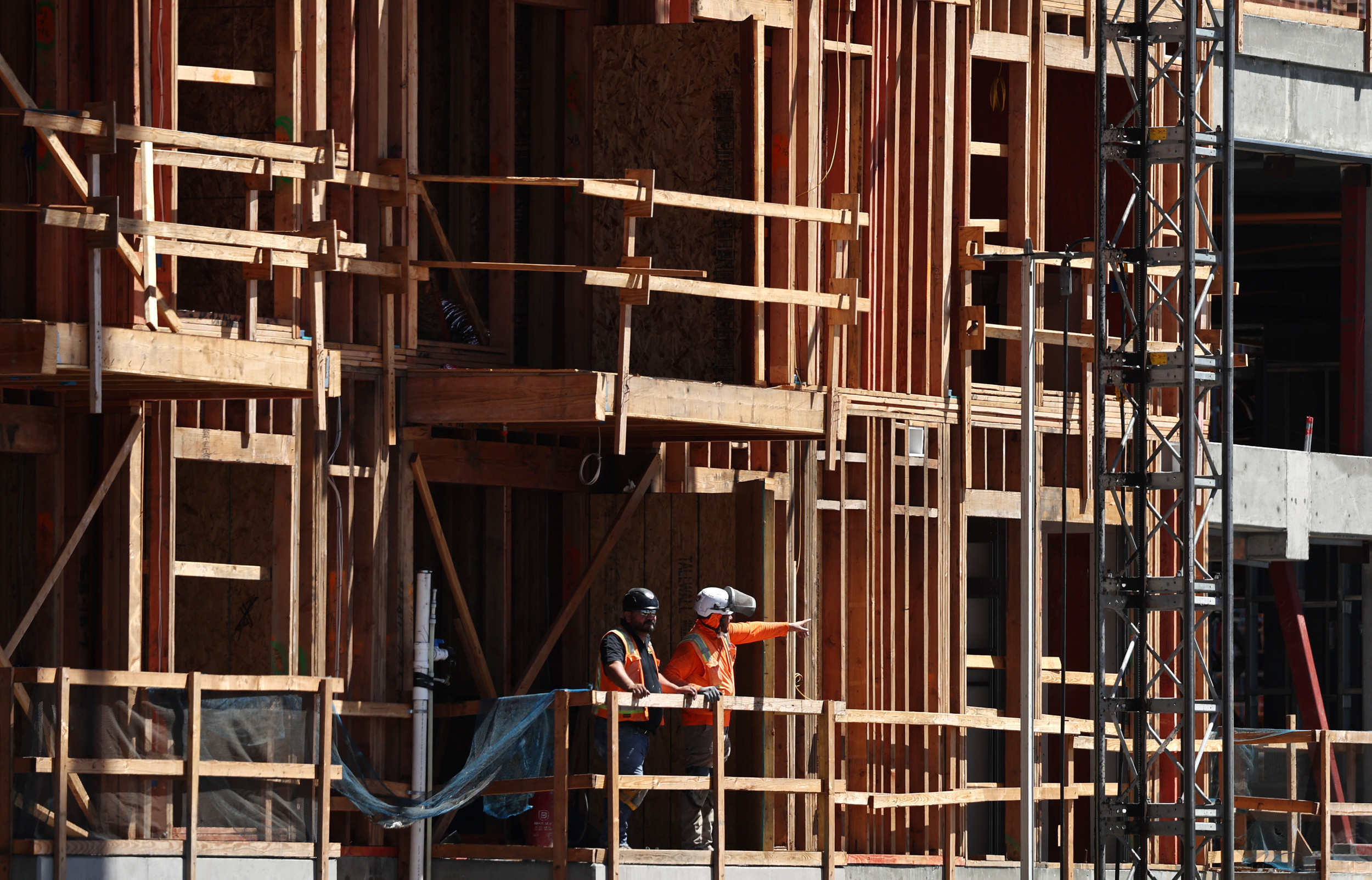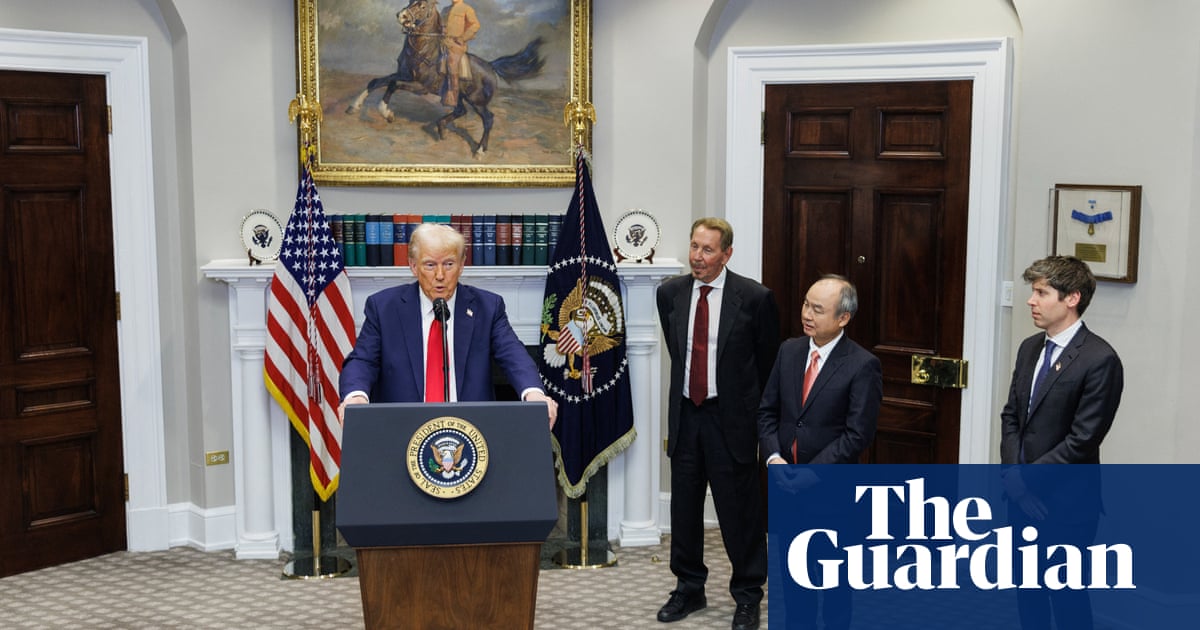"Leadership is the wise use of power. Power is the capacity to translate intention into reality and sustain it."
– Warren Bennis
THE ART OF LEADERSHIP
Harness Power Wisely, Lead Intentionally
Warren Bennis’ Call to Leaders on Transforming Vision into Sustainable Reality Through Thoughtful Influence
Throughout my life, I have seen that true leadership hinges upon the wise and intentional use of power not as dominance or control but as the thoughtful capacity to turn meaningful visions into lasting realities. Leaders who recognize their power as a tool for positive influence foster trust, build resilient teams and create sustainable impact. The power wielded wisely aligns intentions with clear, purposeful actions, enabling others to achieve more than they ever thought possible.
However, using power wisely requires deep reflection and a profound sense of responsibility. Leaders must constantly ask themselves: Are my actions genuinely aligned with the values and vision I hope to promote? True leadership involves consistently translating intentions into meaningful action, never losing sight of the larger purpose. This careful stewardship of power ensures influence is exercised ethically, cultivating loyalty and commitment rather than fear or mere compliance.
Warren Bennis' insight is a crucial reminder in today's complex world. The real test of leadership is not how much power one accumulates, but how effectively and responsibly one uses it to make a lasting difference. Leaders who understand this truth consciously nurture trust, collaboration, and sustainable progress, leaving behind legacies defined by meaningful, intentional actions. Leadership, then, becomes the art of thoughtfully translating ideas into realities that enrich communities and endure through generations.
Use your influence wisely and intentionally align clear actions with your deepest values to create a sustainable, meaningful impact in all your interactions.
COMMERCIAL CONSTRUCTION
Tariffs Stall U.S. Construction Projects Nationwide
Trump’s tariffs disrupt U.S. commercial construction, delaying projects and raising costs, as builders face uncertainty and economic strain.
In April 2025, the U.S. commercial construction sector is grappling with significant disruptions due to newly imposed tariffs by President Donald Trump’s administration. These tariffs, targeting imports from key trade partners like China, Mexico, and Canada, have led to increased costs for essential building materials such as steel and aluminum. Developers report budget overruns and project delays, with some construction plans being shelved altogether. The uncertainty surrounding trade policies has created a cautious environment, causing many in the industry to pause investments and reassess their strategies.
The impact is evident across various facets of the industry. For instance, Sika, a global supplier of construction materials, noted a slowdown in North American sales growth in the first quarter, attributing it to the unpredictable trade environment. Similarly, the office real estate sector, which had shown signs of recovery with increased leasing activities, is now facing renewed challenges. Businesses are hesitant to commit to long-term leases amidst economic uncertainties, potentially derailing the momentum gained earlier in the year.
While some sectors, like infrastructure, demonstrate resilience, the overarching sentiment in the construction industry is one of caution. Rising material costs, labor shortages, and policy unpredictability are prompting stakeholders to adopt a wait-and-see approach. As the situation evolves, the industry remains hopeful for clearer guidance and stability to navigate the challenges ahead.
INFRASTRUCTURE INDUSTRY
Trump’s AI Infrastructure Plan Faces Texas Setbacks
$500B AI Infrastructure Plan Stalls Amid Texas Grid Regulations and Trade Uncertainty
Former President Donald Trump’s ambitious $500 billion AI infrastructure initiative, known as the Stargate project, is encountering significant obstacles in Texas. The plan, which includes the construction of 20 AI data centers backed by major firms like OpenAI, SoftBank, and Oracle, has hit regulatory roadblocks due to new state legislation. Texas Senate Bill 6, aimed at protecting the state’s power grid, could impose up to 24 months of regulatory review and additional infrastructure costs, potentially deterring companies from proceeding with the planned data centers in Texas and elsewhere.
The legislation’s requirements for backup power and grid fees add financial and logistical burdens to the project, raising concerns about its feasibility. While Lieutenant Governor Dan Patrick asserts that the bill supports Trump’s goals, critics argue that it may hinder necessary technological investments. Compounding these challenges are global infrastructure slowdowns, rising tariffs under Trump’s trade policies, and apprehensions about a potential AI data center bubble, as highlighted by industry leaders like Alibaba’s chairman.
The Stargate project’s delays underscore the complexities of balancing rapid technological advancement with regulatory and economic considerations. As the U.S. seeks to maintain its competitive edge in AI development, the outcome of these regulatory hurdles in Texas could have far-reaching implications for the nation’s infrastructure and technological landscape.
RESIDENTIAL RESEARCH
Costco’s $425M Retail-Residential Project Redefines Urban Living
Costco’s $425M Mixed-Use Project in LA Combines Retail and Housing, Pioneering a New Model for Urban Development
In a groundbreaking move, Costco is set to embark on a $425 million mixed-use development in Baldwin Hills, Los Angeles, blending a traditional warehouse store with 800 residential units above. Spearheaded by Thrive Living, this initiative aims to address the city’s housing crisis by integrating retail and living spaces. Notably, 184 of these units are designated for low-income households, while the remainder will cater to affordable and workforce housing segments. This project, approved under California’s Affordable Housing and High Road Jobs Act, is anticipated to commence construction in early 2025 and reach completion by 2027.
This venture marks the first instance of a residential complex being constructed atop a Costco store in the United States. The development will feature modern amenities, including a rooftop pool and fitness center, enhancing the appeal for potential residents. The expansive 185,000-square-foot Costco beneath will serve as a cornerstone for the community, providing convenient access to goods and services. By merging retail and residential spaces, the project seeks to create a self-sustaining urban environment that meets the evolving needs of city dwellers.
Beyond its innovative design, the project is poised to deliver significant economic benefits to the Baldwin Hills area. It is expected to generate thousands of construction jobs during the building phase and approximately 400 permanent positions upon completion. This model of vertical integration of retail and housing could serve as a blueprint for future developments nationwide, offering a viable solution to urban housing shortages while stimulating local economies.
TOOLBOX TALK
The Importance of Safe Handling of Wire Mesh and Rebar Mats
Introduction
Good morning, Team! Today’s toolbox talk addresses the safe handling of wire mesh and rebar mats. These materials reinforce concrete but can pose serious hazards such as cuts, punctures, and lifting injuries.
Why It Matters
Sharp edges and heavy loads associated with wire mesh and rebar mats can cause severe injuries. Proper handling techniques protect you from cuts, strains, and other preventable injuries.
Strategies for Safe Handling
1. Wear Appropriate PPE:
• Always use heavy-duty gloves, steel-toed boots, long sleeves, and eye protection to prevent injuries from sharp edges.
2. Inspect Before Handling:
• Check mats and mesh carefully for protruding or damaged sections before moving or lifting.
3. Use Proper Lifting Methods:
• Lift mats with multiple people or use mechanical lifting aids to prevent strain or dropped loads.
4. Store Materials Correctly:
• Store mesh and mats flat in designated areas, away from traffic paths to avoid trip hazards or injuries.
5. Communicate Clearly:
• Work closely with your team and signal movements to avoid accidental injuries.
Discussion Questions
• Have you experienced or witnessed incidents involving wire mesh or rebar mats?
• What other safety measures can we implement?
Conclusion
Properly handling wire mesh and rebar mats helps prevent cuts, punctures, and lifting injuries. Always prioritize safety through PPE, teamwork, and careful handling.
Handle carefully. Stay injury-free!








